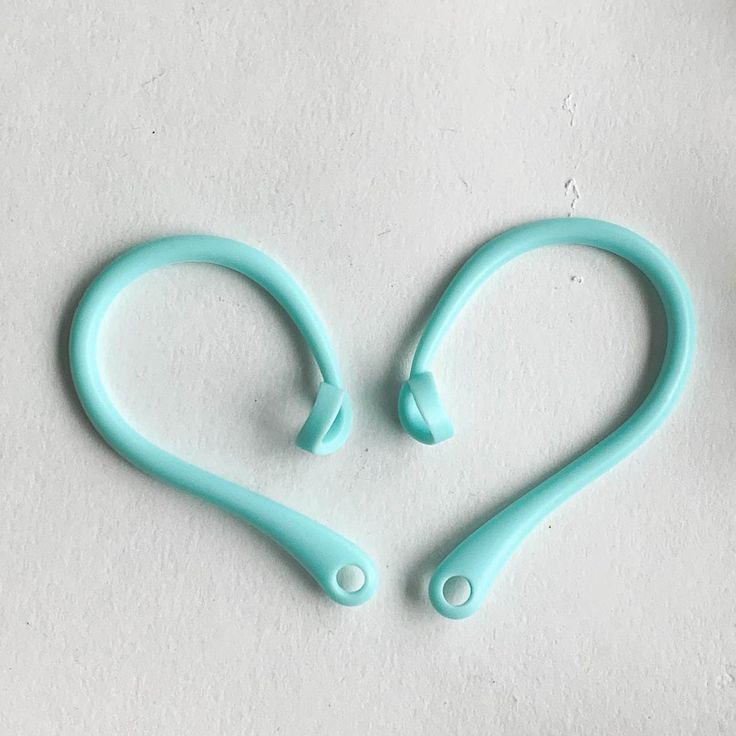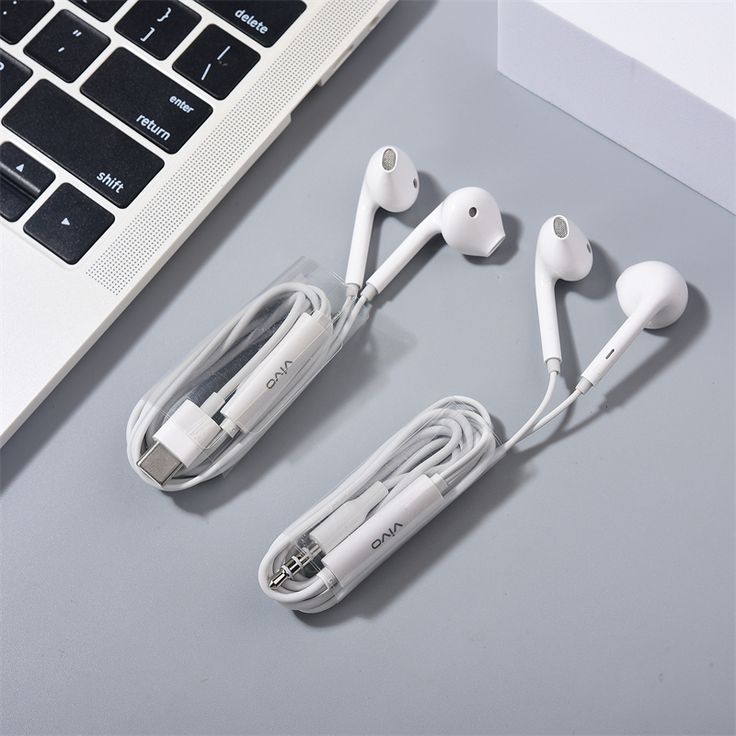In the bustling world of radio broadcasting, headphones are more than just an accessory; they’re an essential tool. They enable clear communication, precise monitoring, and critical audio assessment. However, with a plethora of options available, selecting the ideal headphones for radio station use can be overwhelming. This comprehensive guide will navigate you through the key factors to consider, ensuring you make an informed decision.
Understanding the Unique Demands of Radio Broadcasting
Radio broadcasting presents specific challenges that necessitate headphones with distinct features:
Accurate Sound Reproduction
Radio professionals need headphones that deliver a faithful representation of the audio being broadcast. This ensures that any technical issues or inconsistencies can be identified and rectified promptly.
Comfort for Extended Use
Radio presenters and technicians often wear headphones for long durations. Therefore, comfort is paramount. Headphones should be lightweight, breathable, and provide a secure fit without causing discomfort or fatigue.
Isolation from Ambient Noise
Radio stations can be noisy environments. Headphones with good noise isolation capabilities are crucial to block out distractions and enable clear communication and monitoring.
Durability
Radio headphones are subject to regular use and potential wear and tear. They need to be built to last and withstand the rigors of a busy broadcast environment.
Key Factors to Consider
When choosing headphones for radio station use, several factors come into play:
1. Type of Headphones
- Closed-Back Headphones: These headphones provide excellent noise isolation, making them ideal for blocking out background noise in the studio. They also prevent sound leakage, which is crucial when recording or monitoring audio.
- Open-Back Headphones: These headphones offer a more natural and spacious soundstage. They are often preferred for critical listening and mixing, but their lack of noise isolation makes them less suitable for live broadcasting environments.
- On-Ear Headphones: These headphones rest on your ears, offering a balance of portability and comfort. They are a popular choice for DJs and presenters who need to move around.
- Over-Ear Headphones: These headphones completely enclose your ears, providing superior noise isolation and comfort for extended wear. They are often favored by audio engineers and technicians who need to focus on critical listening.
2. Sound Quality
- Frequency Response: The frequency response of headphones determines the range of frequencies they can reproduce accurately. A wider frequency response generally translates to a more detailed and balanced sound.
- Impedance: Impedance refers to the electrical resistance of headphones. Lower impedance headphones (typically under 50 ohms) are easier to drive and work well with portable devices. Higher impedance headphones (typically over 80 ohms) often require a dedicated headphone amplifier for optimal performance.
- Sensitivity: Sensitivity measures how loud headphones can get with a given input power. Higher sensitivity headphones will be louder with the same input power, but they may also be more prone to distortion.
3. Comfort and Fit
- Earcup Material: Earcups can be made from various materials, including leather, pleather, velour, and memory foam. Choose a material that is breathable and comfortable for long-term wear.
- Headband Adjustment: Ensure the headband is adjustable to accommodate different head sizes. A comfortable and secure fit is essential to prevent fatigue and distractions.
- Weight: Lightweight headphones are generally more comfortable for extended use, especially if you need to move around frequently.
4. Connectivity
- Wired vs. Wireless: Wired headphones offer a reliable and consistent connection, but they can restrict movement. Wireless headphones provide freedom of movement but may introduce latency or connectivity issues.
- Connector Type: Common connector types include 3.5mm, 1/4-inch, and XLR. Ensure the headphones are compatible with your audio equipment.
5. Additional Features
- Microphone: Some headphones come with a built-in microphone, which can be useful for communication in the studio or for recording voiceovers.
- Detachable Cable: A detachable cable provides flexibility and allows for easy replacement if the cable gets damaged.
- Foldable Design: Foldable headphones are more compact and easier to store and transport.
Top Recommendations for Radio Station Headphones
- Audio-Technica ATH-M50x: These closed-back over-ear headphones are a popular choice for radio professionals due to their accurate sound reproduction, comfortable fit, and excellent noise isolation.
- Beyerdynamic DT 770 Pro: These closed-back headphones offer a balanced sound signature and exceptional noise isolation. They are a favorite among audio engineers and technicians.
- Sennheiser HD 280 Pro: These closed-back headphones provide a neutral sound profile and effective noise isolation. They are a versatile option suitable for various radio broadcasting applications.
- Sony MDR-7506: These closed-back headphones are famous for their detailed sound reproduction and comfortable fit. They are a popular choice for monitoring and recording.
Selecting the right headphones for radio station use is crucial for achieving optimal audio quality, comfort, and functionality. By understanding the unique demands of radio broadcasting and considering factors such as sound quality, comfort, connectivity, and additional features, you can make an informed decision that enhances your broadcasting experience.
Remember, the ideal headphones will vary depending on your specific role and preferences. It’s always recommended to try out different options and compare their performance before making a final decision. Invest in a quality pair of headphones that will serve you well in the dynamic world of radio broadcasting.

Beyond the Basics: Additional Considerations for Radio Station Headphones
Budget
Headphones come in a wide range of prices. While it’s tempting to opt for the most affordable option, investing in a quality pair will pay off in the long run. Consider your budget and prioritize features that are essential for your specific needs.
Brand Reputation and Warranty
Choose headphones from reputable brands known for their quality and reliability. A good warranty can provide peace of mind in case of any manufacturing defects or issues.
User Reviews and Recommendations
Research online reviews and seek recommendations from other radio professionals. This can provide valuable insights into the real-world performance and user experience of different headphone models.
Future-Proofing
Consider the potential for future upgrades or changes in your audio setup. Choose headphones with versatile connectivity options and compatibility with various devices.
Specialized Headphones for Specific Roles
- DJ Headphones: DJs require headphones with good isolation, a wide frequency response, and a comfortable fit for long mixing sessions. Swiveling earcups and a detachable cable are also beneficial for DJs who need to cue tracks and interact with the audience.
- Broadcasters and Presenters: Broadcasters and presenters need headphones that offer clear communication, comfort for extended wear, and good noise isolation to block out distractions. A built-in microphone can be useful for on-air communication.
- Audio Engineers and Technicians: Audio engineers and technicians require headphones with a neutral sound profile, accurate sound reproduction, and exceptional noise isolation for critical listening and mixing.
Caring for Your Headphones
Proper care and maintenance can extend the lifespan of your headphones and ensure optimal performance.
- Cleaning: Regularly clean the earcups and headband with a soft cloth and mild cleaning solution.
- Storage: Store your headphones in a protective case when not in use to prevent damage.
- Cable Management: Avoid tangling or bending the cable excessively to prevent damage.
- Replacement Parts: If any parts of your headphones become damaged, check if replacement parts are available from the manufacturer.
Conclusion
Choosing the perfect headphones for radio station use involves careful consideration of various factors. By prioritizing sound quality, comfort, functionality, and your specific role in the radio broadcasting process, you can find headphones that elevate your listening experience and contribute to a successful broadcast.
Remember, the ideal headphones are an investment in your professional toolkit. Take the time to research, compare options, and select a pair that meets your needs and enhances your passion for radio. Happy broadcasting!












